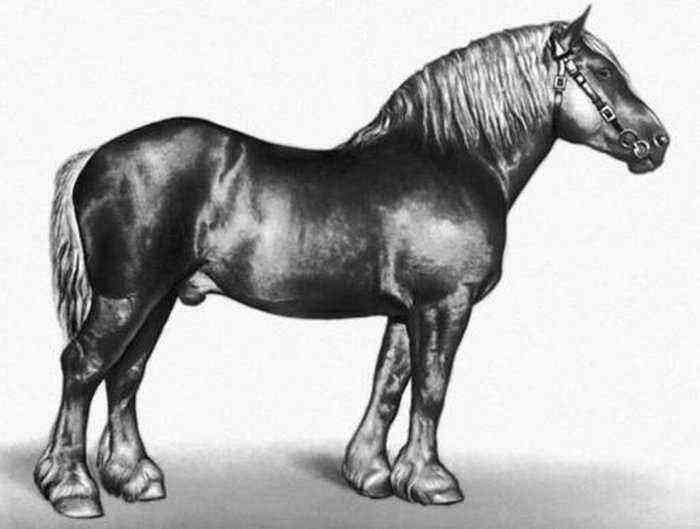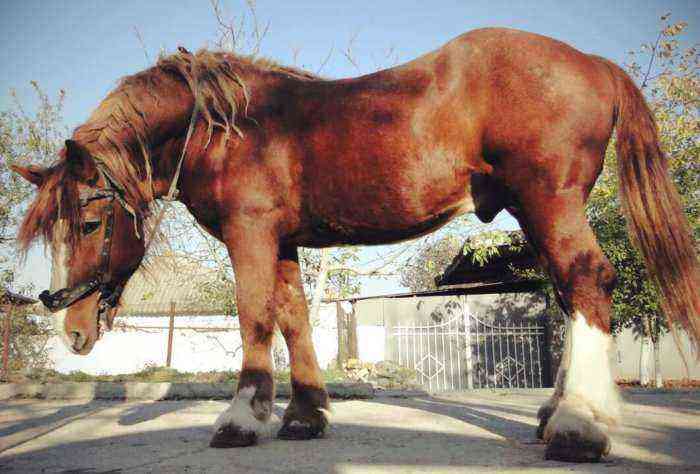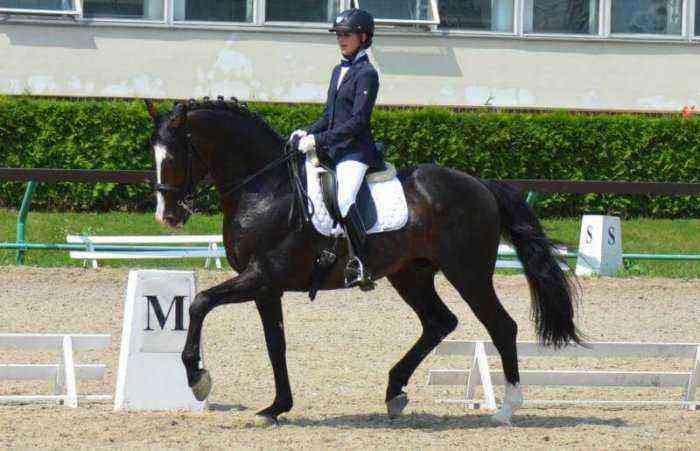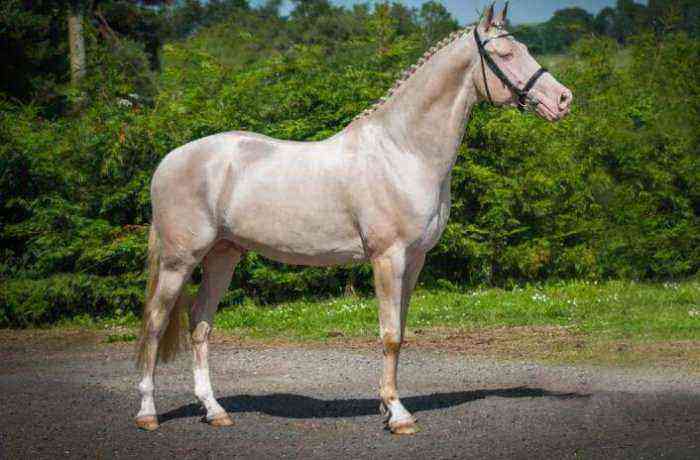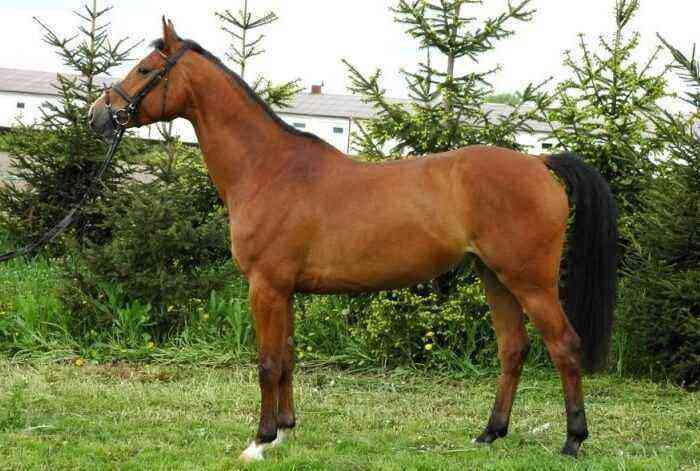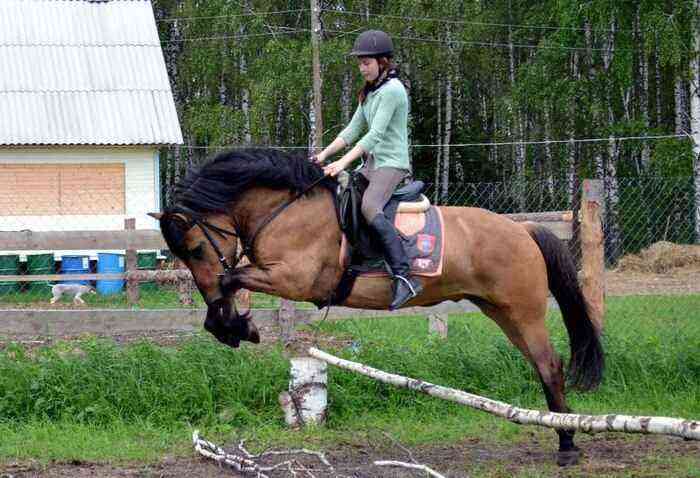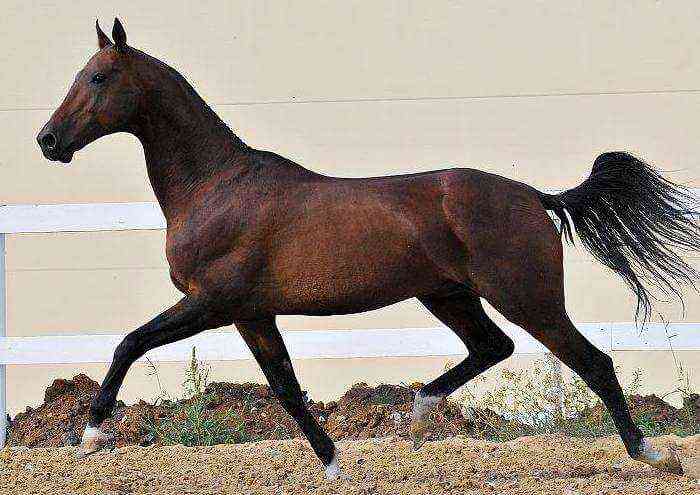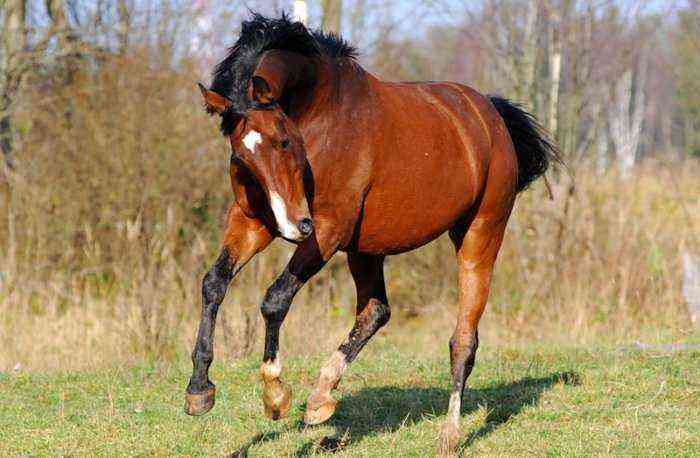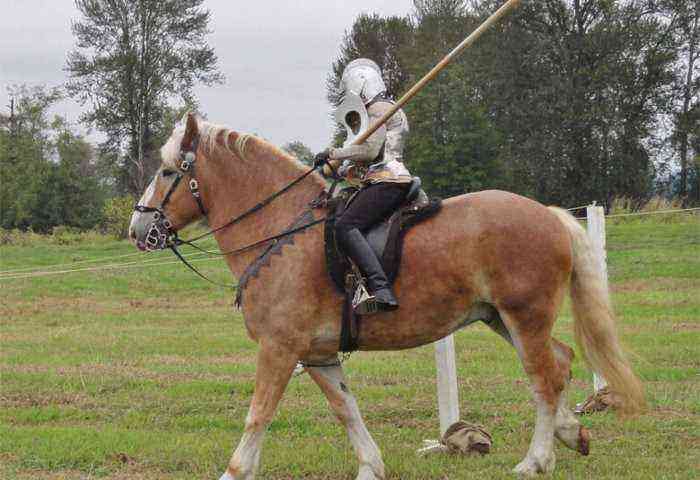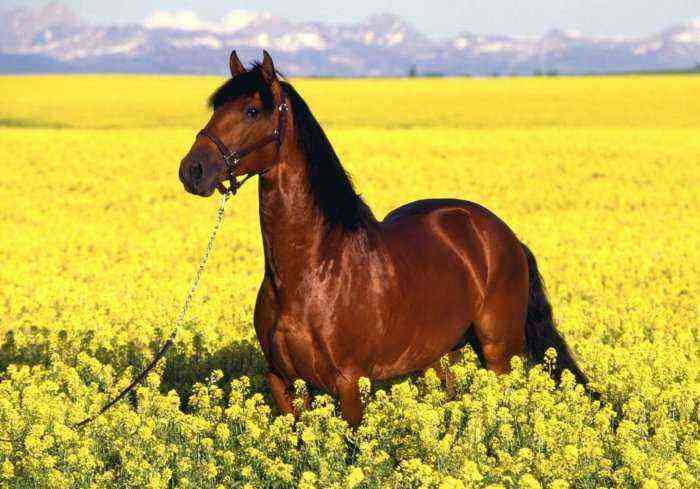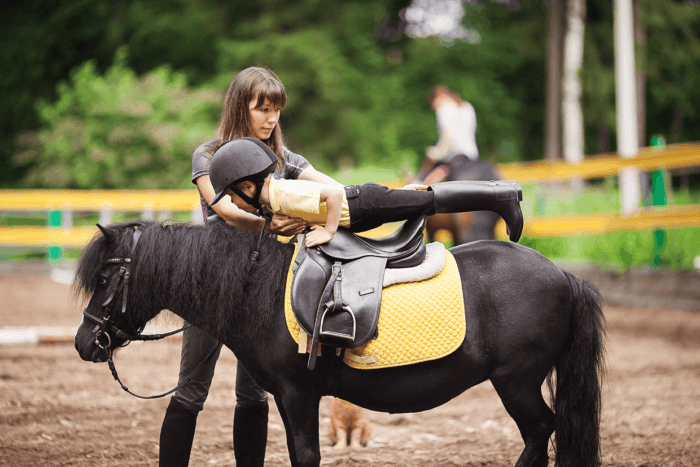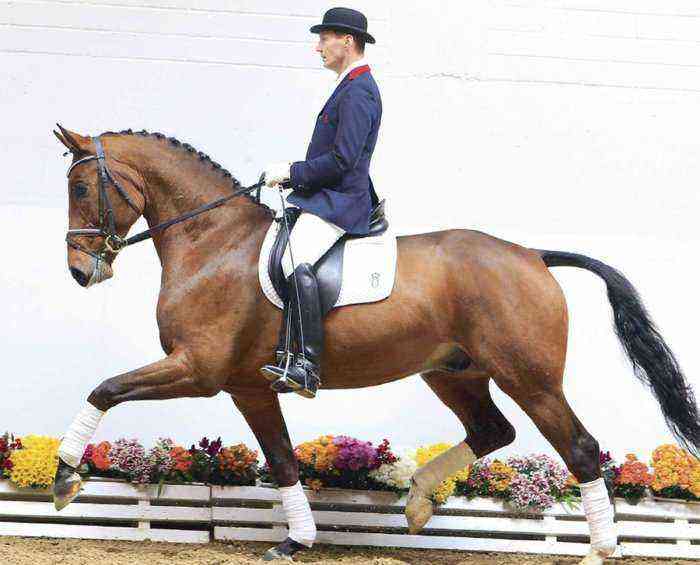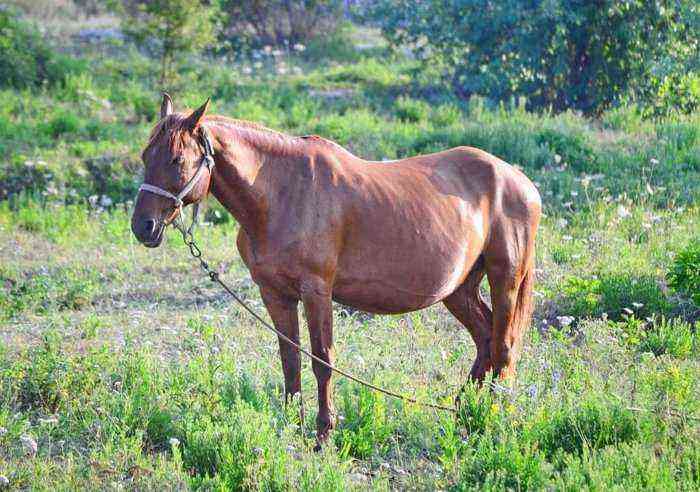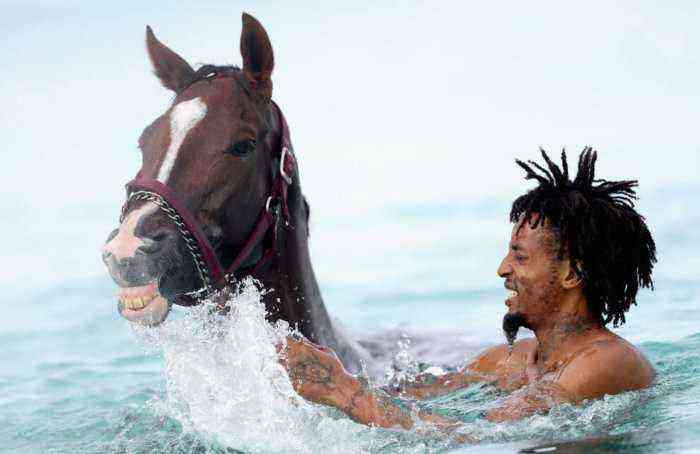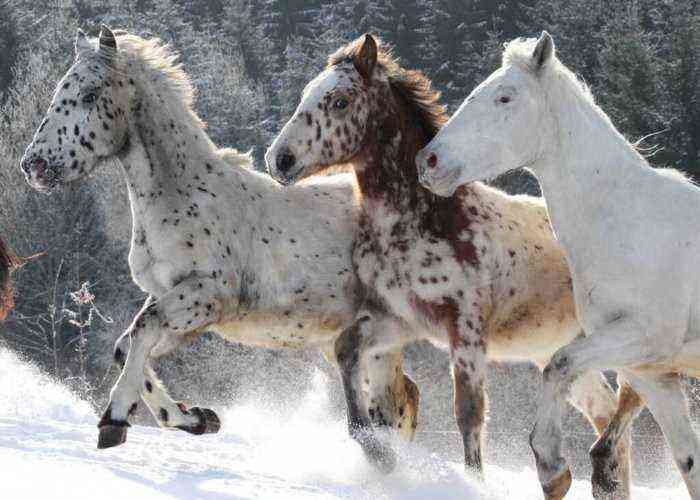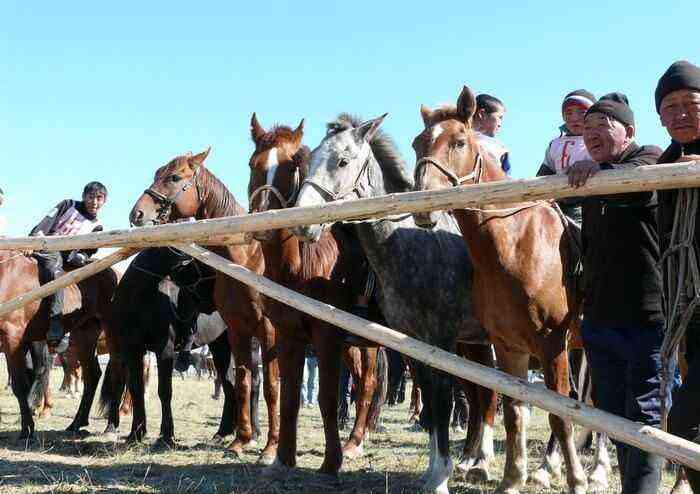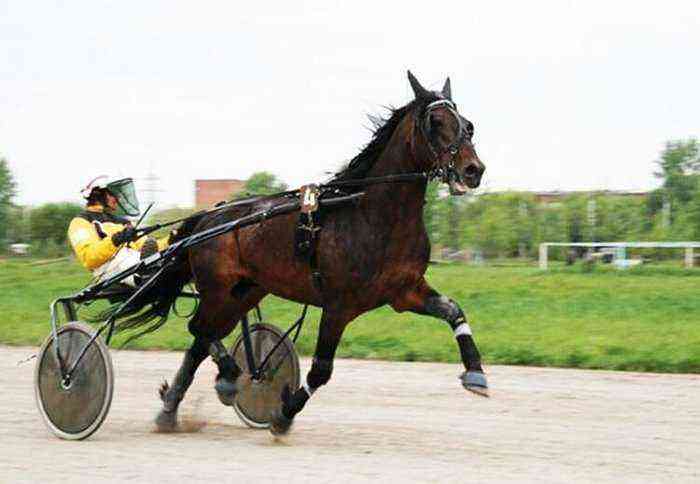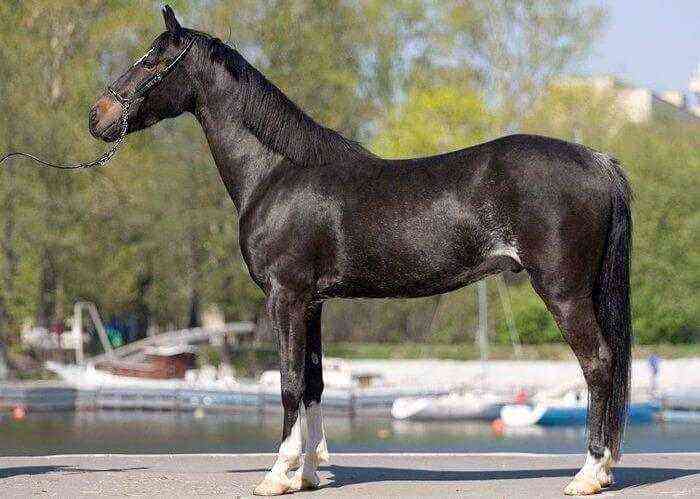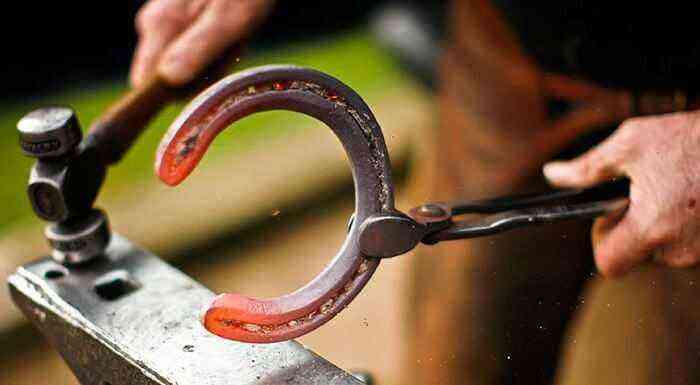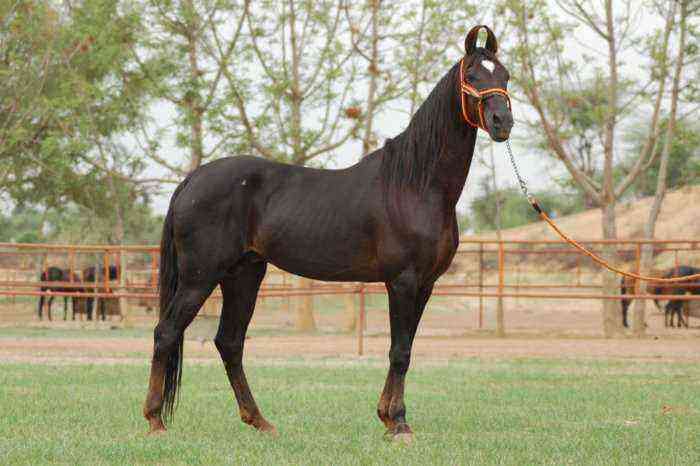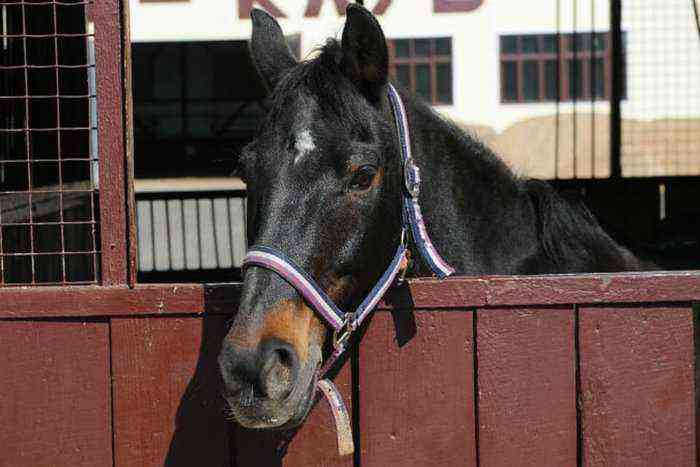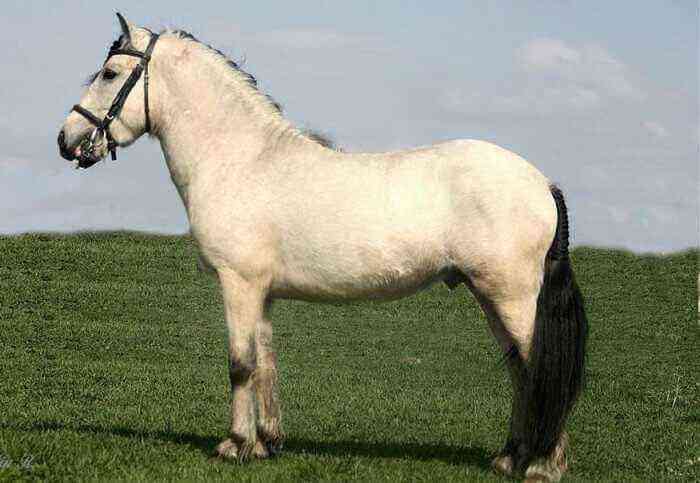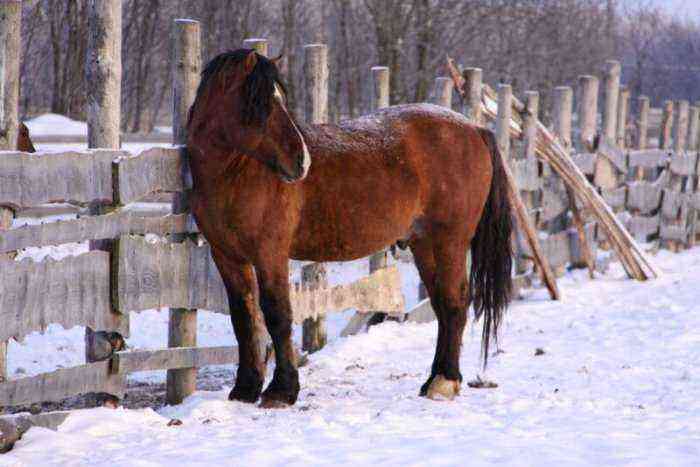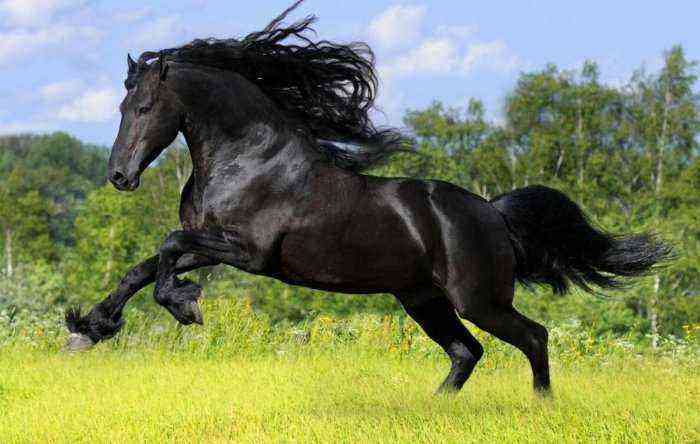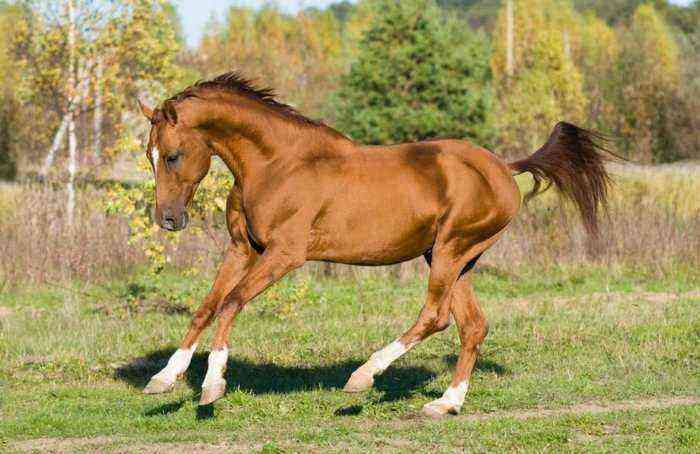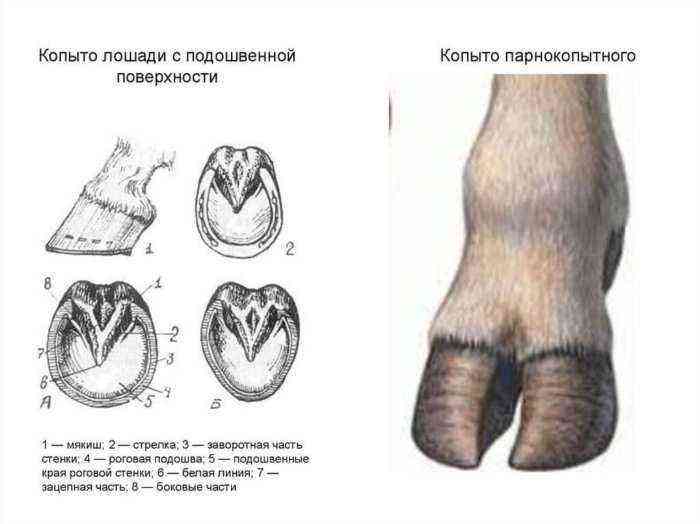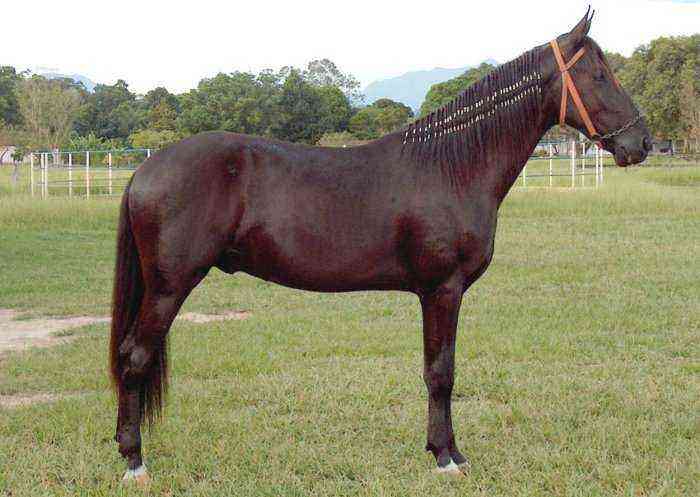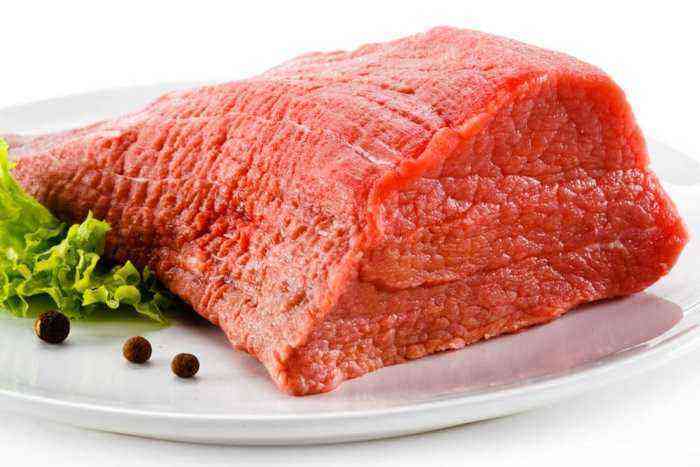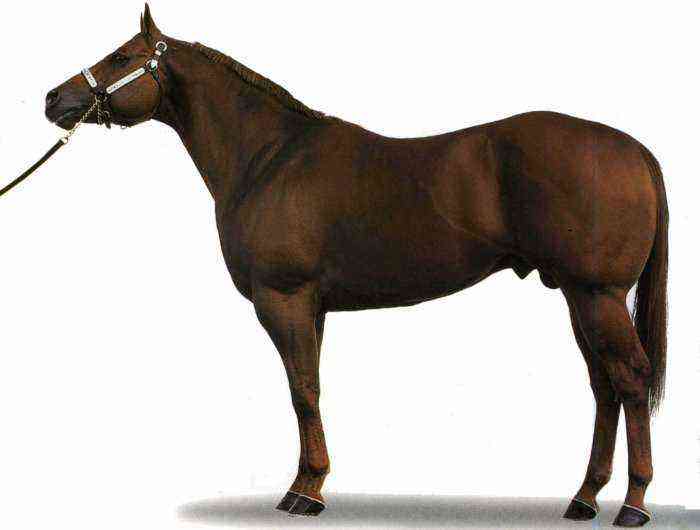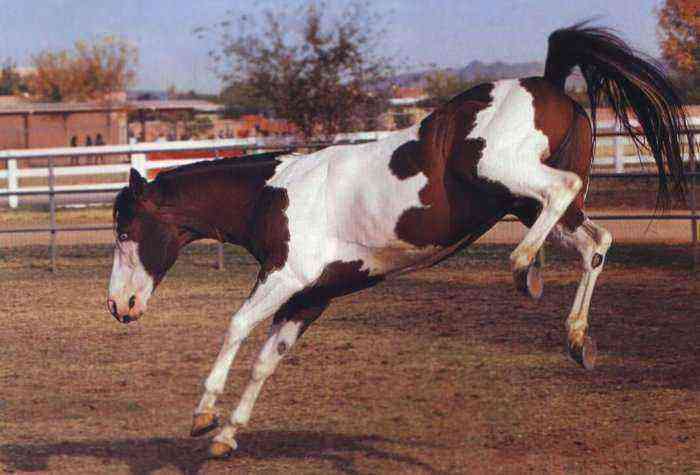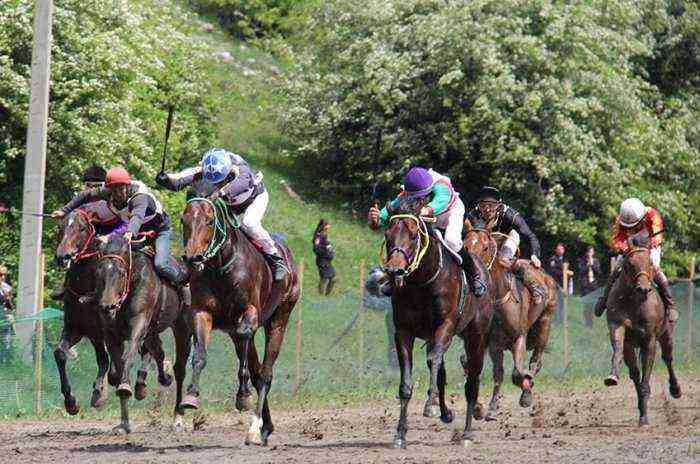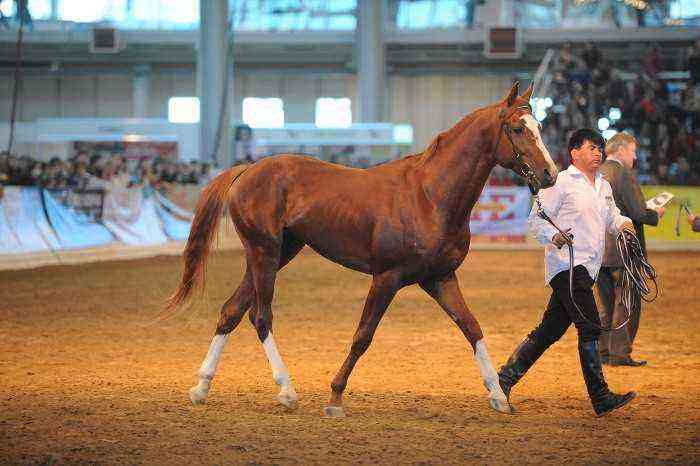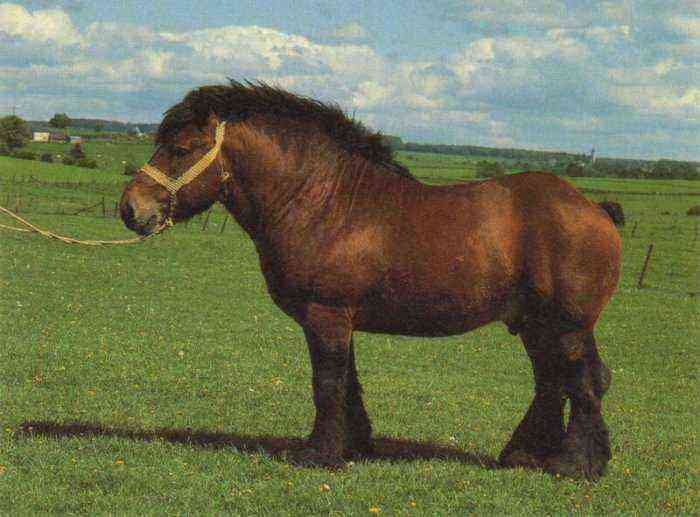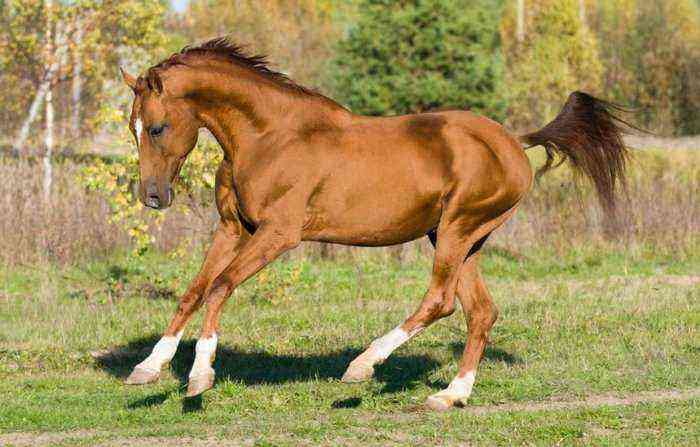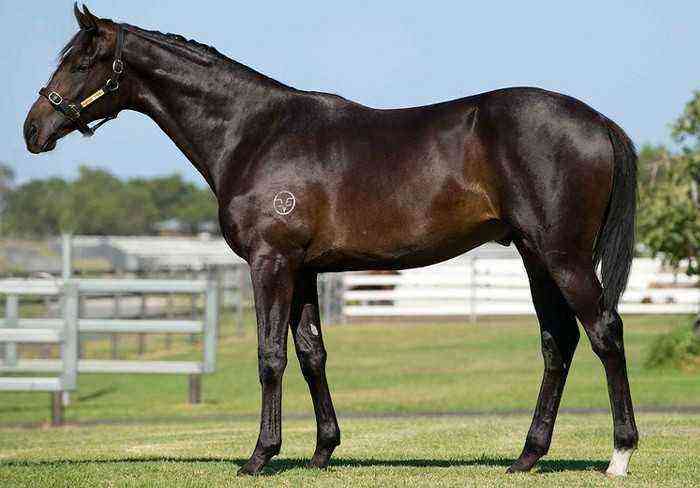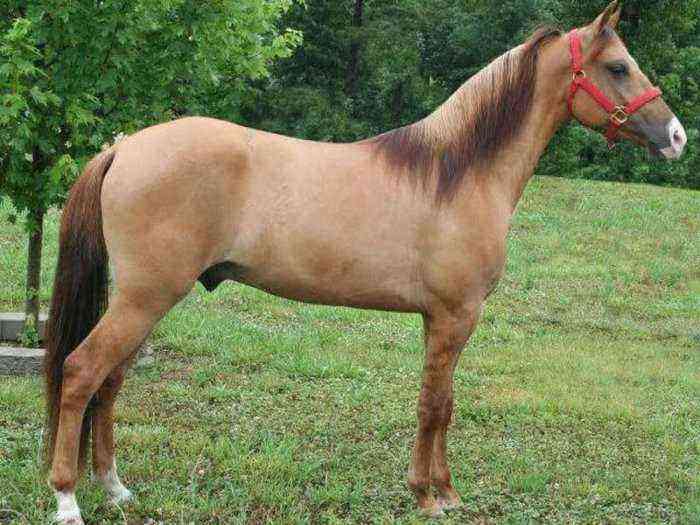The Hanoverian horse breed was created by German breeders in the 18th century. Her ancestors were not distinguished by their attractive appearance and outstanding qualities, and modern Hanoverians are one of the most popular sports breeds of horses. These horses are especially good in dressage and show jumping.
Hanoverian horse
Origin of the Hanoverian horse
The ancestors of modern Hanoverians are horses of eastern and Spanish origin, which were crossed with mares that lived at that time on the territory of modern Germany. In the Middle Ages, they were used by knights and participated in numerous battles.
The history of Hanover began in the 18th century, when Duke George II of Saxony took the English throne.. The ruler himself was born in the Hanover region of Germany. He loved horses. By his order, a stud farm was founded there in 1724. The Duke bought several dozen stallions of Spanish origin, Mecklenburg, Holstein, Andalusian, and later Thoroughbreds.
On the territory of the Hanover factory, beautiful albino horses were bred, which were very popular among the nobility. These horses were used only for riding. They were not suitable for team work, as well as for work in the countryside. Over time, this breed has degenerated due to genetic mutations.
Then it was decided to revive and modify the breed by crossing mares with purebred stallions from England. The half-breeds were successful. By the middle of the 18th century, there were more than 50 breeding stallions at the Hannover stud farm. By 1800, the population had doubled.
During the Franco-Prussian War, the number of heads decreased. There was an active struggle for the preservation of the breed. Work on its revival continued at the end of the 19th century. In the course of selection, it was possible to achieve the desired traits – crossbreeds turned out to be large, strong, hardy. They were perfect for harnessing and doing hard work in the field, as well as for riding.
Attention! A stud book for the Hanoverian breed was started in 1888, and in 1910 the obligatory branding of breeding stallions was introduced.
A turning point in the development of the breed
If in the 18th and 19th centuries Hanoverian horses were used as faithful helpers in agricultural work, then after the Second World War everything changed. Now mechanical engineering was actively developing, and the labor of horses was replaced by tractors and combines. In the 20th century, interest in equestrian sport increased, so the Germans decided to re-breed and modify the Hanoverian horses, to make them lighter and more frisky.
The breed was improved by the influx of fresh blood from an English riding horse, as well as Arabian Thoroughbreds and Trakehner horses. As a result, German breeders managed to create a truly unique racehorse breed that can even compete with the English horse.
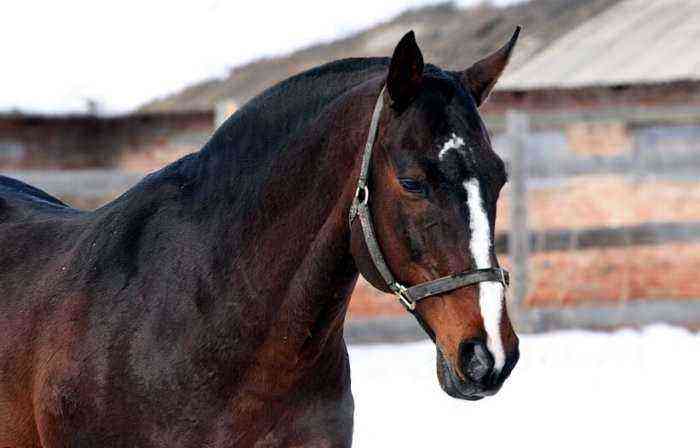
Hanoverian horse
Breed description
The Hanoverian horse has a classic athletic body type. Her exterior is perfect in every way. The horses absorbed all the best from their ancestors – they received beauty and agility from English riding horses, strength and power from Trakehner horses, endurance and grace were inherited from the Arabs.
Exterior Features
Hanoverian horses look like English riding horses. Main characteristics:
- growth is 1,63–1,68 m;
- the body is muscular, proportionately folded, taut;
- a medium-sized head with beautiful intelligent eyes and a straight or slightly humped profile;
- the neck is rather long and has a beautiful curve;
- the withers are well developed;
- the body is elongated, the back is straight and wide;
- the chest is very powerful, deep;
- the croup is round with prominent muscular relief;
- the limbs are dry and sinewy, long with short pasterns and very strong hooves.
The common colors of Hanoverian horses are bay, black and red. White spots are often present on the head and lower legs.
Character
Sports horses are inherent in perseverance and endurance. Such qualities help horses win numerous awards in competitions. Unlike English thoroughbred horses, Hanoverian horses have a balanced and complaisant character. They easily make contact with people and show humility.
Attention! The Germans scrupulously select individuals for breeding for a tribe, giving preference to stallions and mares with a balanced character.
Representatives of the Hanoverian breed are energetic, strong and hardy. Their movements fascinate with lightness and grace.
Advantages of the breed
The Hanoverian horse breed has several advantages:
- has a strong immune system;
- shows obedience, has a good disposition;
- well passes on its characteristics to descendants;
- easy to contact;
- suitable for hippotherapy and horse riding training.
Reference. Considering the advantages of the breed, one cannot fail to mention the relatively low cost of horses.
Modern use

Hanoverian horse breed
The Hanoverian horse breed is used in equestrian sports. She excelled in dressage and show jumping. The breed is among the top three in the mentioned sports areas. Strong legs and a displaced center of gravity help animals easily overcome obstacles.
Attention! Representatives of the Hanoverian breed have repeatedly become gold medalists at the Olympic Games, for example, in 1928 and 1964.
In addition to sports, stately horses are used for riding training. It is comfortable for beginners to deal with such horses, their movements are light and smooth, and the animals themselves are docile and good-natured. Hannover is ideal for horseback riding and hippotherapy.
German breeders have put a lot of effort into creating and preserving this horse breed. Now they can be proud of the result – Hanoverian horses are considered one of the best in the world in equestrian sports due to agility, endurance, strength and beauty.

